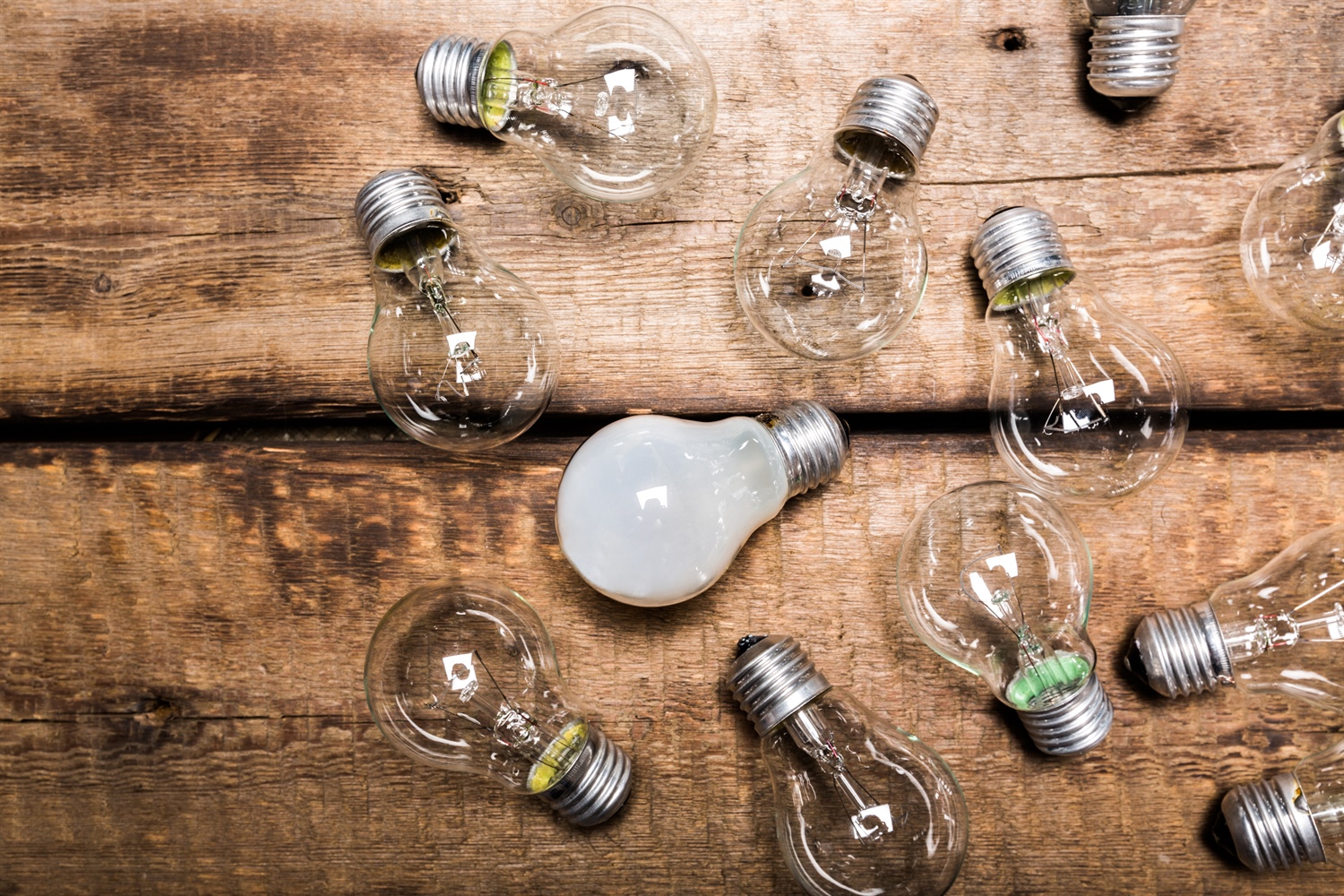

ARCHALIGN
The future of smart homes is being shaped by AI, transforming living spaces into intuitive, energy-efficient environments. AI integration acts as the central nervous system, learning and adapting to manage everything from lighting to security, while enhancing personalization and energy efficiency. Health monitoring, advanced security features, and seamless device interoperability are on the horizon, promising a more responsive and integrated home experience. However, this evolution also brings challenges like privacy and ethical considerations, necessitating careful management as these technologies become more sophisticated and ubiquitous.
learn moreColor psychology in home design leverages the emotional and behavioral impact of colors to enhance living spaces. Different colors evoke distinct feelings: red for energy, blue for calmness, yellow for optimism, green for balance, and so on. Applying this knowledge involves using colors strategically to influence mood, productivity, and well-being in various rooms. For instance, soothing blues in bedrooms for better sleep, or energizing yellows in kitchens for a positive start to the day. Balancing these colors, considering personal and cultural responses, and using lighting to affect color perception are crucial. By thoughtfully integrating color psychology, one can create a home that not only looks appealing but also supports emotional health and daily functionality.
learn more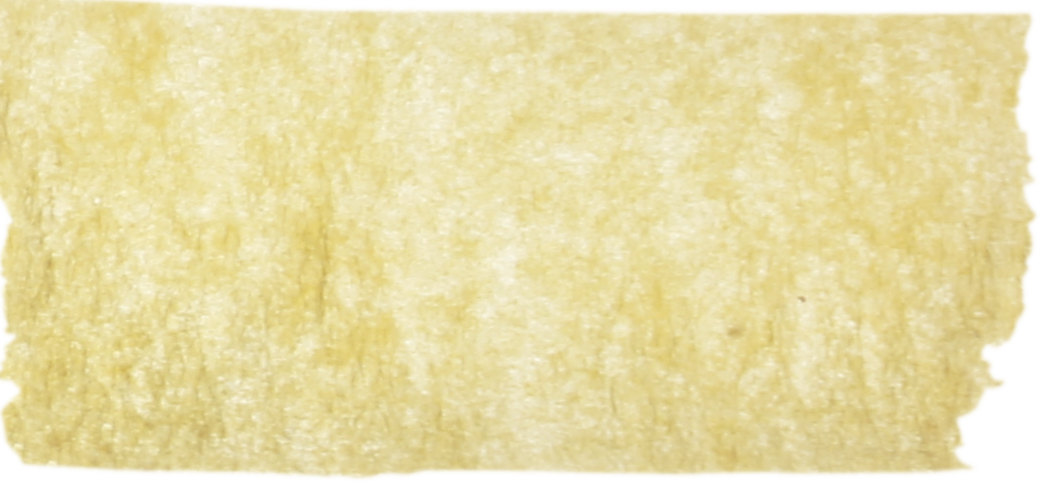

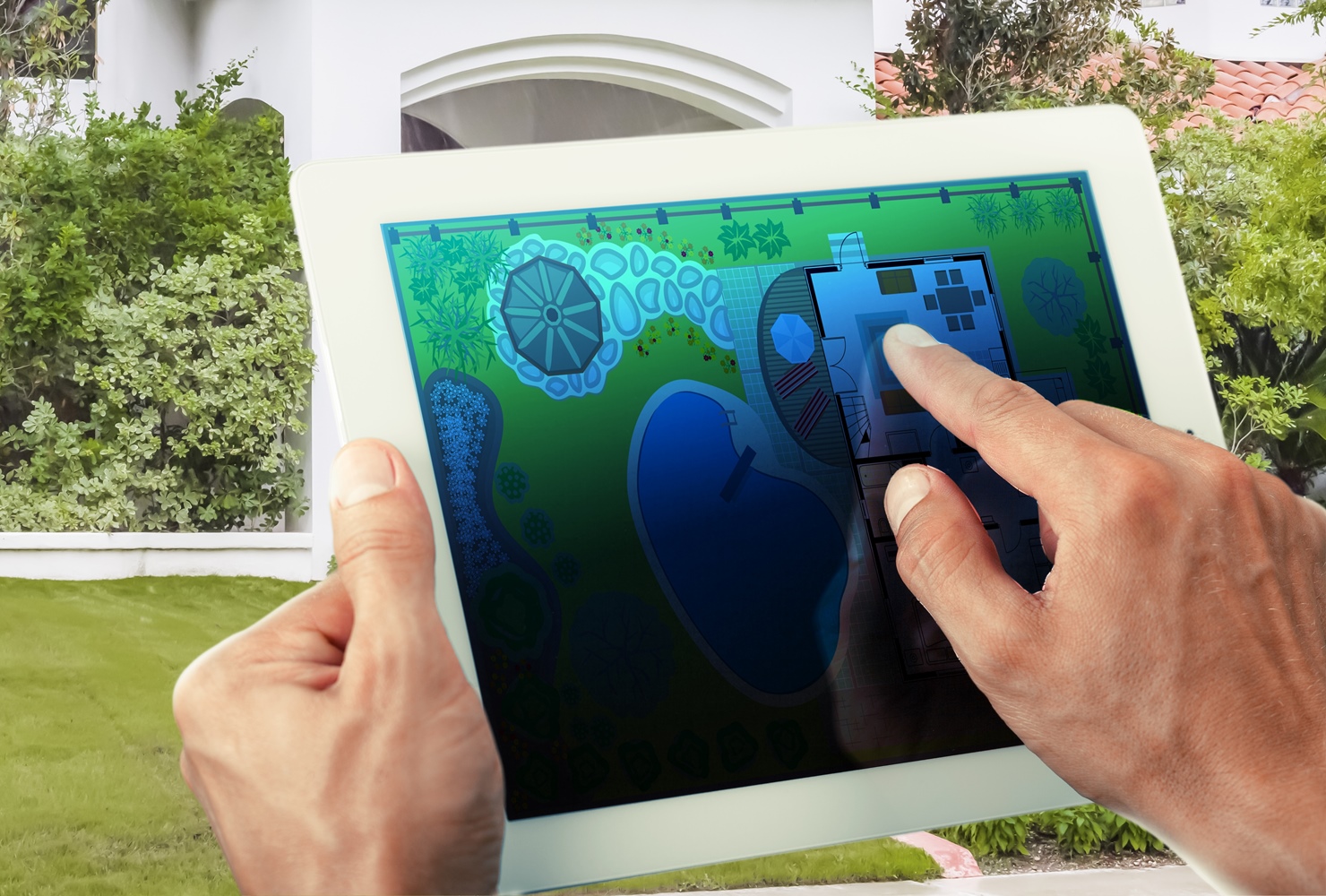

In 2024, luxury living trends are evolving towards a blend of sustainability, technology, and personalized wellness, reflecting a shift in what defines luxury. Homes are increasingly designed with eco-friendly materials, energy-efficient systems, and smart technology that learns and adapts to residents' lifestyles, enhancing both comfort and environmental consciousness. The integration of wellness spaces like home spas, meditation areas, and health-focused tech underscores a focus on mental and physical well-being. Color psychology plays a significant role, with trends moving away from stark minimalism towards warmer, mood-enhancing palettes and the strategic use of textures for depth and comfort. Additionally, there's a notable trend towards creating intimate, curated spaces within larger homes, emphasizing quality over quantity, and a rise in multifunctional furniture for flexibility and space efficiency. This year also sees a redefinition of luxury in fashion and home design, emphasizing experiences, sustainability, and emotional engagement over mere opulence, indicating a broader societal shift towards meaningful, sustainable luxury.
learn more
Architecture psychology in modern design focuses on how built environments affect human behavior, emotions, and mental health, aiming to create spaces that enhance psychological well-being. This involves understanding human needs through spatial awareness and biophilic design, incorporating elements like natural light and greenery for stress reduction and mood enhancement. Design elements such as color, material choice, and acoustic considerations are used therapeutically to influence emotions and comfort. Functionally, modern designs balance privacy with social interaction, offer flexibility, and control, which supports emotional balance. These principles are applied in various settings from workspaces that combat burnout, healthcare environments that aid healing, to educational spaces fostering creativity. Innovative trends like smart homes and restorative city planning further integrate these psychological insights, ensuring environments not only look good but also feel good, promoting mental health through thoughtful design.
learn more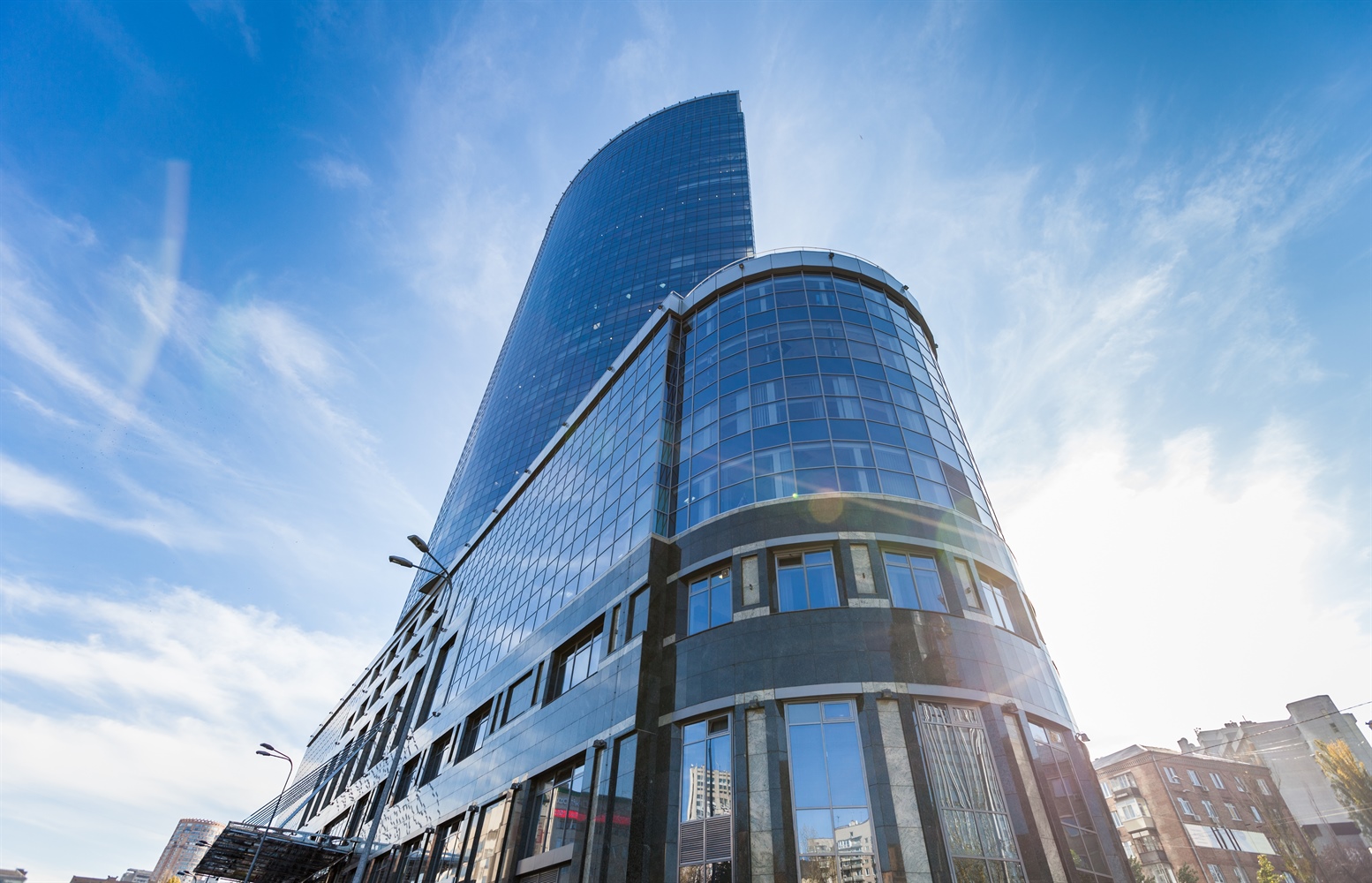


Mastering your smart home involves a blend of digital and physical maintenance to ensure seamless operation. This includes automating software updates, securing and optimizing your network, regularly cleaning devices, checking and replacing batteries, calibrating sensors, and backing up configurations. For troubleshooting, quick fixes like power cycling devices, checking network connectivity, updating software, or resetting voice commands can resolve most issues. Addressing security alerts promptly, managing network interference, and maintaining battery health are also crucial. By integrating these practices, you can keep your smart home efficient, secure, and a smooth part of your daily life.
learn more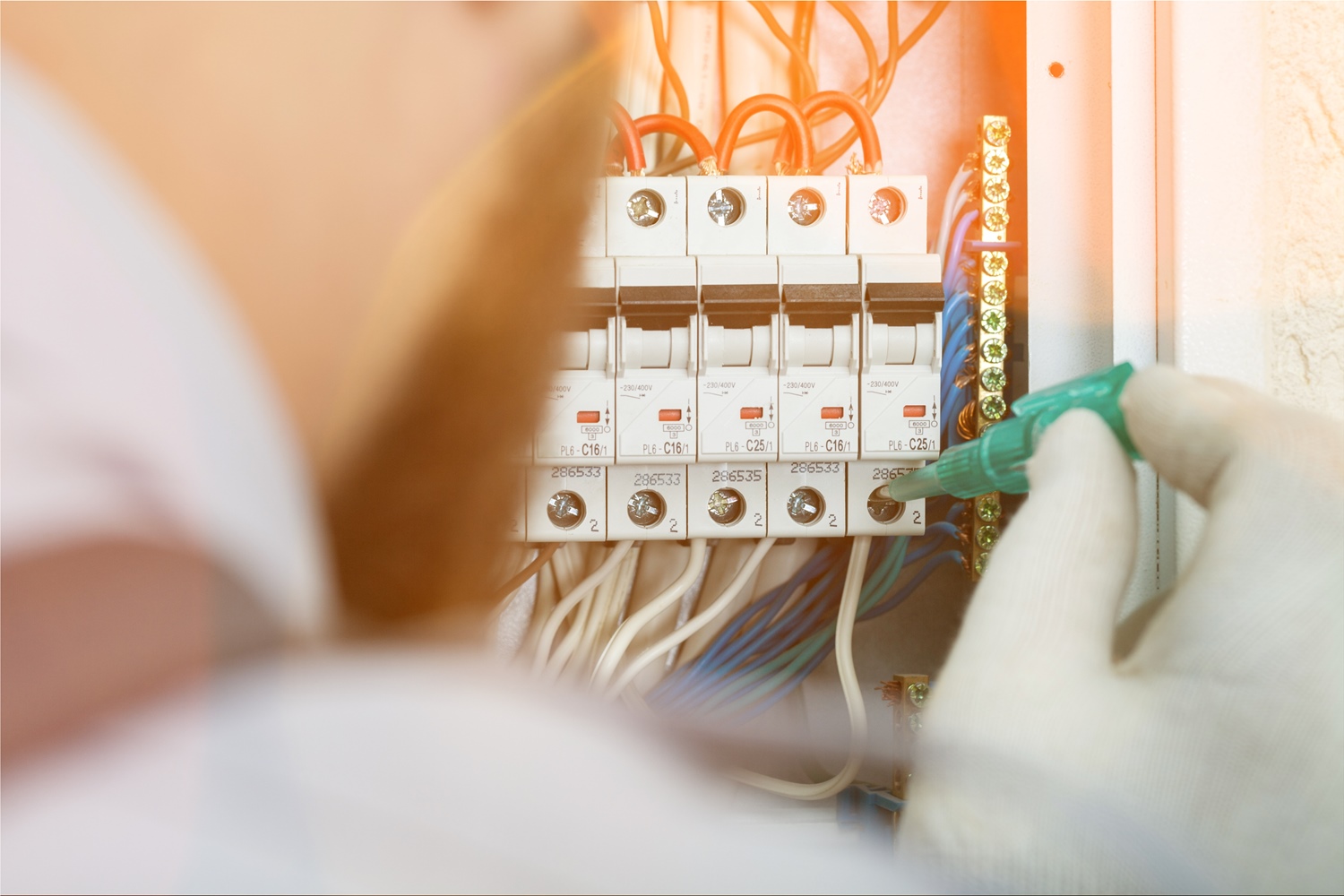
Enhancing your living experience involves thoughtfully integrating art and sustainability. Art, chosen for personal connection and thematic consistency, transforms spaces into reflections of your personality, with strategic placement creating focal points or functional decor. Sustainability is achieved through energy-efficient devices like smart thermostats and LED lighting, using natural or recycled materials, and water-saving fixtures. Green design elements like plants or living walls, along with sustainable technology such as solar panels, reduce environmental impact. Efficient waste management completes this eco-luxurious approach, ensuring your home is both a sanctuary and a statement of mindful living.
learn more